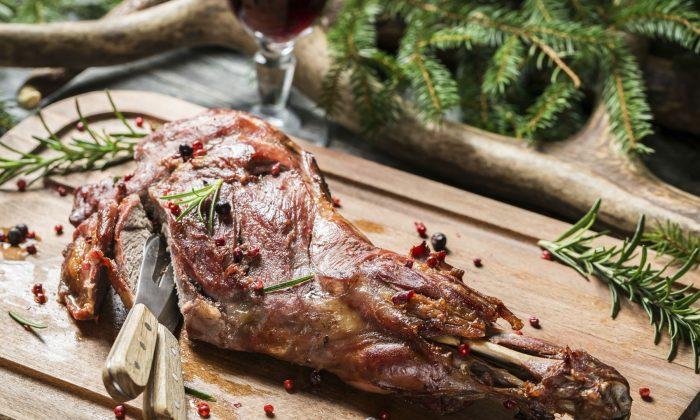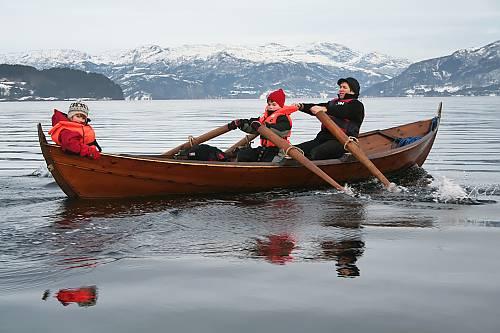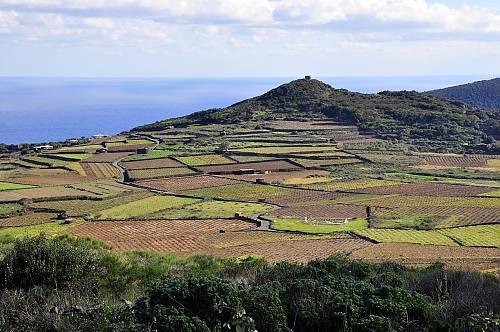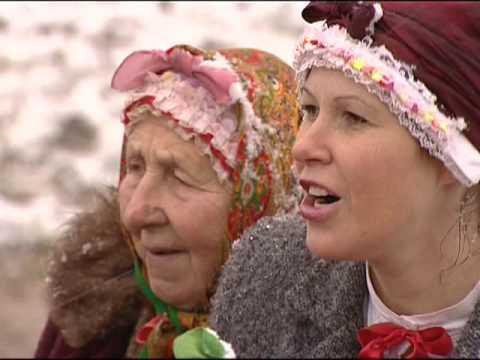Many eyes are on Ottawa now that the subject of freeing the Ottawa River’s “Kettle of Boiling Waters” (Chaudiere Falls) has come into focus. Before being harnessed for industry, the Chaudiere Falls were second only to Niagara Falls. They were and are Algonquin Territory and remain sacred to the Algonquin people.
Whether Iroquois or Algonquin, Seneca, Cayuga, Oneida, Onondaga, or Mohawk, the aboriginal people of the Great Lakes and nearby lands shared three principles. The first involved personal freedom and the individual right of human dignity; the second involved generosity and sharing; and the third centred on ecology—not an empty word to the First Peoples.
When First Nations people gather at powwows to dance and celebrate special occasions, food plays an important role. Squash, corn and beans, and wild rice, as well as wild game, maple syrup, and certain foods introduced by settlers such as bannock, rice and raisin pudding, are part of many celebrations.
Rabbit Soup
• 1 rabbit
• Salt to taste
• 1 bay leaf, crushed
• 5 peppercorns
• 1 large onion, chopped
• 1 large carrot, sliced
• 6 juniper berries
• ½ cup long grain white rice
Cut the rabbit into serving pieces and place in a pot of salted cold water. Bring to a boil and simmer for two hours, along with the bay leaf, peppercorns, onion, carrot and juniper berries. Add the rice during the last 30 minutes. Taste and adjust seasoning.
Roast Loin or Rib of Venison
Lard the loin or rib, rub with seasoned flour, and dust with rosemary. Roast in a 180º C (350º F) oven, basting frequently with a combination of red currant jelly and white wine, 20 minutes to the pound. (Venison is available at health food stores).
Chippewa Wild Rice
• 250 ml (1 cup) wild rice washed in cold water
• 625 ml (2 1/2 cups) water
• 7 ml (1 1/2 tsp) salt, divided
• 4 strips bacon cut into pieces
• 6 eggs
• 1 ml (1/4 tsp) pepper
• 30 ml (2 tbsp) minced chives
• Bacon drippings plus melted butter to equal 75 ml (1/3 cup)
Put rice, water and 5 ml (1 tsp) of salt in a saucepan and bring to a boil. Reduce heat and simmer, uncovered till water is absorbed. Cook the bacon in a skillet and drain on paper towelling. Save drippings. Beat the eggs with 2 ml (1/2 tsp) salt and the pepper. Pour into skillet and brown lightly. Turn gently and brown on other side. When firm, cut into strips. Toss bacon, egg strips, chives, bacon drippings and melted butter with the rice. Serve hot as a main dish. Serves 4.
Bannock
This popular bread was probably borrowed from Scottish settlers, as the Scottish also make bannock, taking care to beat the batter sunwise (clockwise), something the Druids always did.
• 250 ml (1 cup) oatmeal
• 250 ml (1 cup) flour, sifted
• 5 ml (1 tsp) baking soda
• 2 ml (1/2 tsp) cream of tartar
• 2 ml (1/2 tsp) salt
• 25 ml (2 tbsp) corn syrup
• 2 eggs, beaten
• 250 ml (1 cup) buttermilk, or as needed
Mix dry ingredients in a large bowl. Add syrup and eggs and pour in enough buttermilk to make a thin batter. Beat until bubbles appear. Heat a well-greased griddle and drop batter in tablespoonfuls to form 8 cm (3-inch) circles. Cook until golden brown, turning only once. Serve warm with butter and honey or maple syrup. Makes about 12.
Susan Hallett is an award-winning writer and editor who has written for The Beaver, The Globe & Mail, Wine Tidings, and Doctor’s Review, among others. She is currently the European editor of Taste & Travel International. Email: [email protected]





